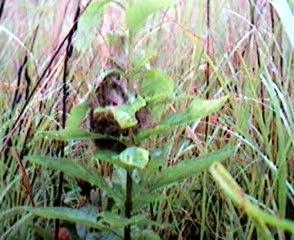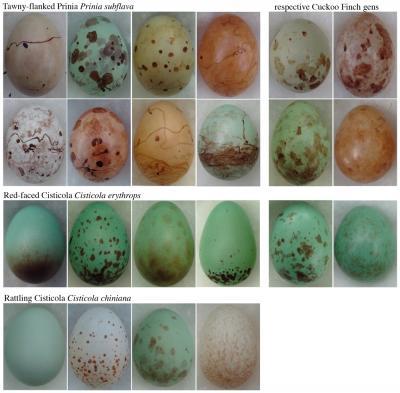The researchers also found that some cuckoo finch hosts use an alternative strategy: red-faced cisticolas lay only moderately variable eggs but are instead extremely discriminating in deciding whether an egg is their one of their own. Thanks to their excellent discrimination, these hosts can spot even a sophisticated mimic.
Dr Martin Stevens, a BBSRC David Phillips Research Fellow from the University of Cambridge's Department of Zoology, commented on this aspect of the findings: "Our experiments have shown that these different strategies are equally successful as defences against the cuckoo finch. Moreover, one species that has done a bit of both – the rattling cisticola – appears to have beaten the cuckoo finch with this dual strategy, since it is no longer parasitised. The arms race between the cuckoo finch and its host emphasises how interactions between species can be remarkably sophisticated especially in tropical regions such as Africa, giving us beautiful examples of evolution and adaptation."
Their findings are reported today in the journal Proceedings of the Royal Society of B.

The film clip shows a nest of the most frequent host of the cuckoo finch, the tawny-flanked prinia, which has an extravagantly diverse range of eggs. The prinia parent has recognised that an egg in its nest is that of a cuckoo finch, and proceeds to eject it by spearing it on the end of its beak and carrying it away.
(Photo Credit: Dr Claire Spottiswoode)

New research reveals how biological arms races between cuckoos and host birds can escalate into a competition between the host evolving new, unique egg patterns (or "signatures") and the parasite new forgeries.
(Photo Credit: Dr. Claire Spottiswoode)
Source: University of Cambridge